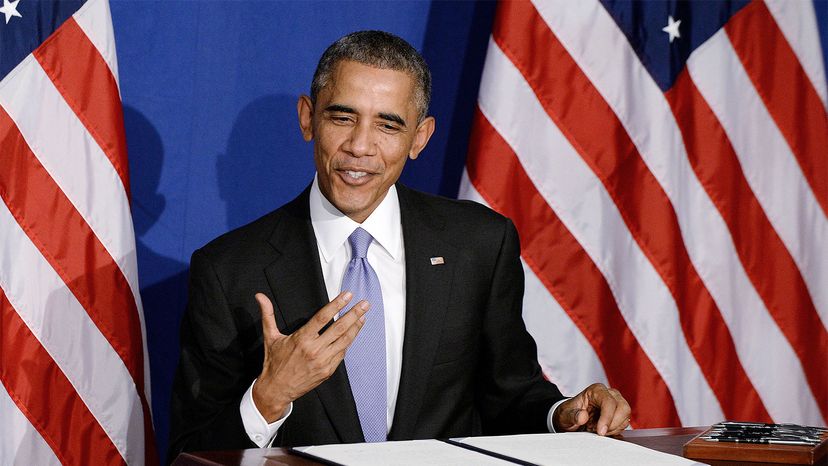History of Executive Orders in the United States

The very first presidential executive order was a proclamation signed by George Washington on April 22, 1793, giving instruction to federal officers to prosecute any citizens interfering with the war between England and France. In this case, Washington made the decree by executive order because Congress was out of session [source: Contrubis].
Similarly, Abraham Lincoln used an executive order to manage a constitutional crisis when Congress was out of session. The year was 1861, on the eve of the Civil War. Armed militias, under the banner of state control, were attacking federal troops passing through Virginia and Maryland. John Merryman was the leader of one of the most active militias, so Lincoln had him captured and locked up in Fort McHenry outside Baltimore [source: Vermeule].
Advertisement
Merryman's lawyers appealed for his legal right to appear in court to determine if he was being lawfully held, a concept known as habeas corpus. Through an executive order, Lincoln called for a suspension of Merryman's right to habeas corpus, something that only Congress could do in times of rebellion or invasion. Lincoln explained his actions to Congress, which later passed the Habeas Corpus Suspension Act of 1863, officially giving the president the power that Lincoln had assumed.
While Washington and Lincoln issued only eight and 48 executive orders respectively, other presidents issued thousands [source: The American Presidency Project]. Teddy Roosevelt was the first to break the 1,000 mark, thanks to his "stewardship" theory of executive power, in which the president should do everything that isn't explicitly forbidden by the Constitution to actively direct the affairs of the nation.
World War I and World War II brought dramatic increases in the use of executive orders, as did the years spanning the Great Depression. Franklin D. Roosevelt issued 3,721 executive orders during his prolonged presidency [source: The American Presidency Project]. His very first was on Inauguration Day, when he ordered the closure of all banks for four days to begin restructuring the financial system under the New Deal.
The period that saw the greatest increase in the use of executive orders was the years spanning World War I to World War II, including the Great Depression. Given the military and economic crises of the era, Congress extended unprecedented power to the president to act in the best interest of a nation at war. For example, President Roosevelt used his executive authority to seize factories, mines and other privately owned industrial facilities for wartime production [source: Contrubis]. As World War II drew to a close, Congress began to rein in the sovereign powers of the presidency.
The most significant episode in the post-World War II history of executive orders came during the presidency of Harry Truman. We'll talk about this controversial order — and the landmark Supreme Court decision that followed — next.